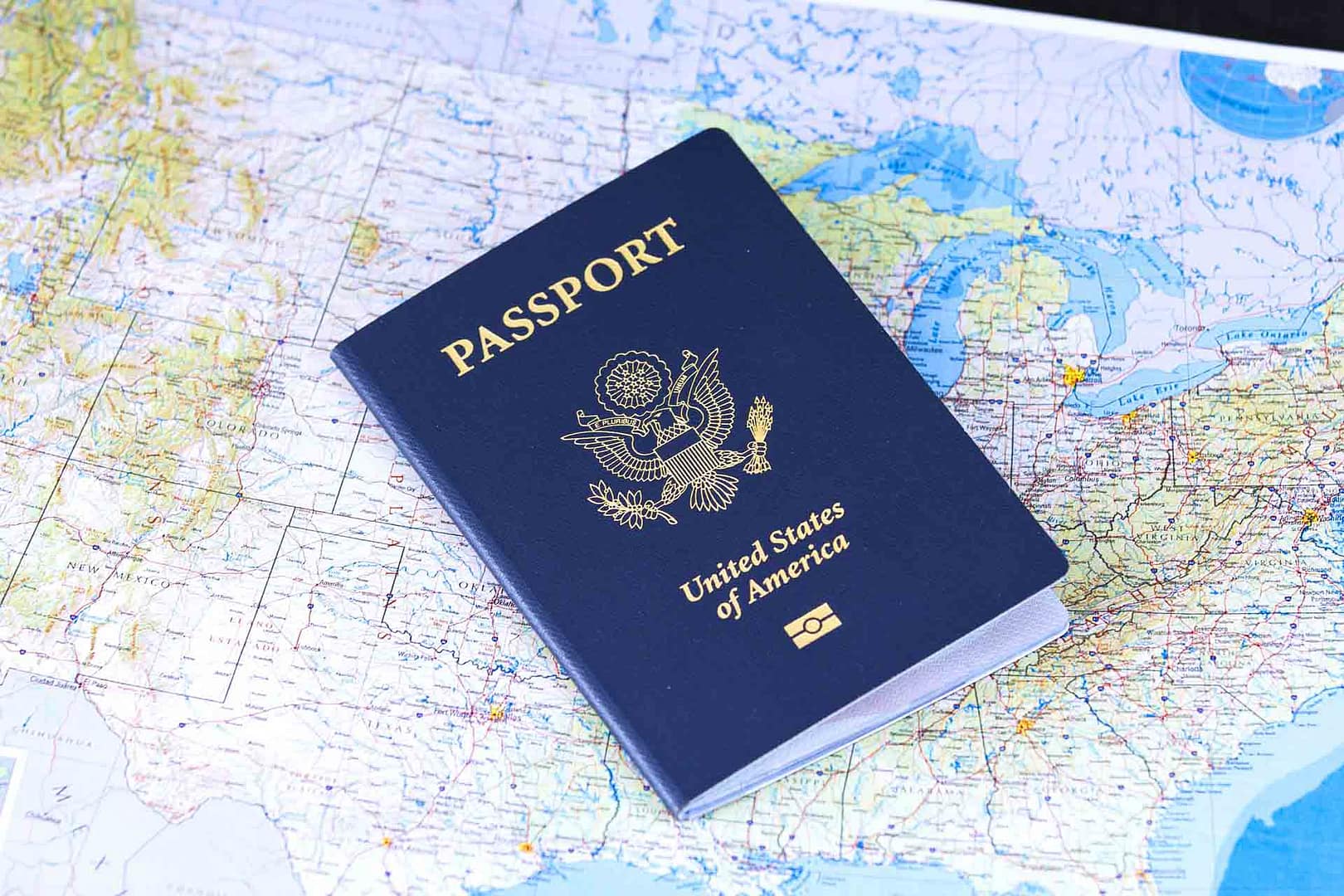Fall colors – probably few better places to admire the verdant Autumn transition than Syracuse in Upstate New York. However, when I headed for Syracuse University in the Fall of 2001, I wasn’t going there for the picturesque road trip. I was headed to the S.I. Newhouse School of Public Communications for a graduate degree in Advertising. I was one of the thousands ‘immigrating’ to the United States from India, with hopes and aspirations of living the fabled ‘American’ campus life.
Immigration came front and center of the US political conversation back in 2015, as one unconventional candidate took on a provocative stance on the quality of immigrants pouring into the United States. As we seek balance after a turbulent election cycle, I wanted to share my unique perspective on immigration. According to the published DHS stats, an average of about a million individuals takes permanent residence in the United States, each year. We know immigration cannot be ignored as a demographic influencer but what are the factors causing concern? At least three fundamental questions have driven a wedge in the last three years:
- How does the immigration process work for the estimated 1 million declaring residence in the United States each year?
- Is the Homeland Security agency capable of filtering out potential troublemakers from the steady stream of migrants?
- What about the humanity of offering shelter to someone who is fleeing from a ravaged town or country?
On #1 above, I went through a steady progression of
- Student
- Working professional
- Renewal of legal presence
- Application for permanent residence
- Award of ‘Green Card’
Having gone through this process, I can declare that the federal and state officials perform their due diligence; right from the day I interviewed for my student visa back in the summer of 2001 to the acceptance of my application for permanent residence, the process required planning, effort, and resources. There are various ways of taking residence in the US- the skilled professional route I chose required all of eight years, wads of paper and several $ thousands in application fees. The principal focus of the scorching 2016 political debate was a different category of immigrants- the individuals who may be walking into the country, leaving behind situations of strife or acute risk affecting the former homeland.
On #2: filtering out of undesirable elements, ground zero could be much more complex. The progression I described is a tiny sliver of the estimated million individuals settling in the United States each year. Being able to accurately vet applicants requesting residence – especially if they have landed in the country without all the necessary documentation… could pose unique challenges. As a permanent resident of the United States, I would have to say that security is a lynchpin of the American dream. I cannot imagine a million individuals wanting to uproot themselves from their home environments to drop anchor on foreign soil unless they felt secure enough about conditions in the new country of choice. Expecting the local and federal government to prevent lawless elements enter into the country, town or home is a fundamental right and driver of governance- one that is paramount for me as well. When I travel, I would like to have the peace of mind that my family is safe at home or at school. This concern became a lethal weapon in the war to influence the voter base in the 2016 election cycle.
On # 3: the humanity of sheltering those who are escaping civil war or humanitarian disaster. This is where my self-inquiry meets with an uncomfortable silence. It’s one thing to be blogging on this topic from the comfort of my home office and another to accept the specter of plastic tents popping up near my backyard. What am I prepared to give – what am I prepared to give up, if 500 refugees were relocated to Central Florida? There is social consciousness and then there is the will to give up personal convenience for the wellbeing of the less fortunate. Millions have been displaced in the Middle East- this is the dilemma facing residents of the affluent nations of Europe, as migrants stream in from war-ravaged parts.
Within five weeks of getting my passport stamped at Newark Liberty International Airport in the August of 2001, the Twin Towers crashed down on the US economy, permanently altering the outlook of the generation in school or getting into the workforce. While economists declare that the US economy began a major recession from the March of 2001, the terrorist attacks on NYC accelerated a major contraction; most us with business backgrounds know that advertising and research are usually the first victims of a slowing economy. In a testament to the resilience of the US economy, there was a rebound and then another hill to climb after the housing downturn in 2008.
Through all this flux, a few jobs, a few visas, and marriage, I managed to land a ‘Green Card’ enabling ‘legal’ permanent presence in the United States. Whatever may be the political rhetoric of the past two years, I have to confess a personal sense of gratitude at the opportunities afforded by this country; academic, professional and personal. As an immigrant fresh off the boat, I can confidently state that the Americans I have interacted with are open and welcoming and the polarization portrayed in the media is alarming. The process of healing can start when the mind has gone beyond the circle of fear and reactions. Let’s meditate together to find the stillness in the storm, seek answers to challenges threatening peace all over the world. Our lives could depend on it.


Responses